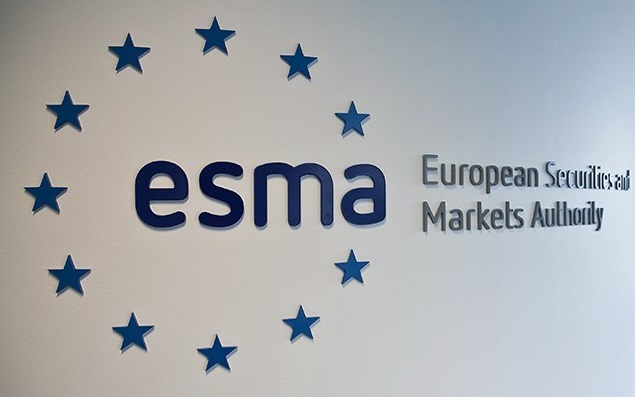
ESMA Report Highlights Concentration Risks in Crypto Markets
The European Securities and Markets Authority (ESMA) recently released a comprehensive analysis of cryptocurrency market structures, shedding light on the concentration risks prevalent in the crypto ecosystem. With the impending implementation of the Markets in Crypto Assets (MiCA) regulation, ESMA’s findings underscore the importance of oversight and risk management in this rapidly evolving sector.
According to ESMA’s research, the crypto trading landscape is highly concentrated, with just ten exchanges accounting for a staggering 90% of the market’s trading volume. Binance, the largest exchange, commands nearly half of the market share, highlighting the significant dominance of a handful of platforms in the crypto market.
While such concentration may improve efficiency due to economies of scale, ESMA raises concerns about the potential implications of a major exchange failure or malfunction for the wider crypto ecosystem. The authority emphasizes the need for robust risk management measures to mitigate systemic risks associated with market concentration.
ESMA’s analysis also reveals the limited presence of the euro in cryptocurrency trading, despite the announcement of the MiCA regulation. The distribution of fiat currencies involved in crypto transactions primarily relies on the US dollar and the South Korean won, with the euro playing a minor role. The lack of significant growth in euro transactions following the MiCA announcement suggests that regulatory certainty alone may not drive substantial changes in trading behavior.
Contrary to the notion that cryptocurrencies act as safe havens during market stress, ESMA’s findings indicate a certain co-movement with equities and a lack of stability relative to gold. This challenges the perception of cryptocurrencies as a reliable hedge against broader market volatility and underscores the importance of assessing risk factors accurately.
ESMA’s report also highlights the challenges posed by the jurisdictional diversity of crypto exchanges, many of which operate outside national legal frameworks and are based in countries with lighter regulatory requirements or tax havens. The concentration of trading on exchanges domiciled in tax havens raises questions about regulatory oversight and investor protection in the crypto market.
Looking ahead, the implementation of MiCA is expected to introduce a comprehensive regulatory framework for crypto assets, providing enhanced protection for firms and investors in the EU. However, ESMA emphasizes the need for continued monitoring and oversight to address evolving risks and ensure the stability and integrity of the crypto market.





